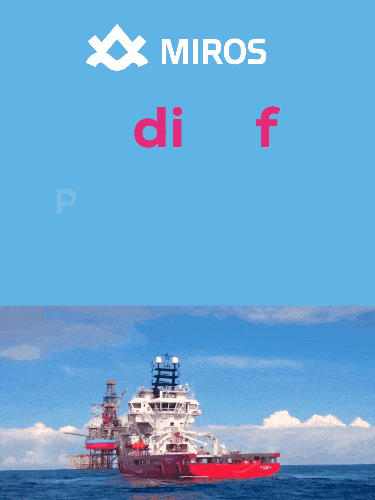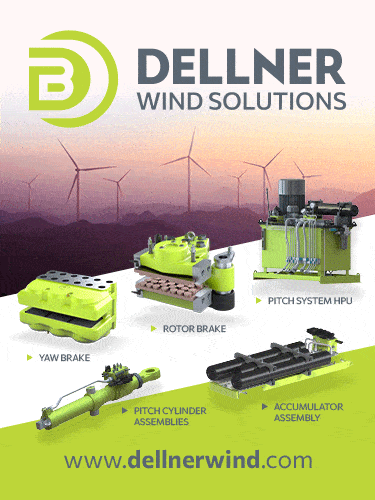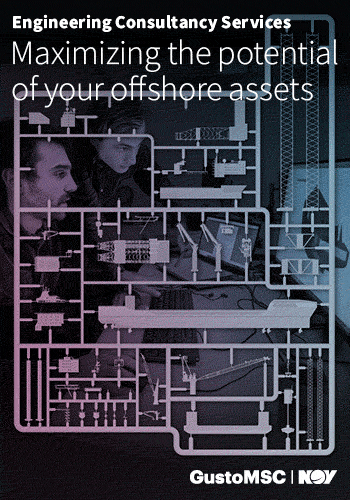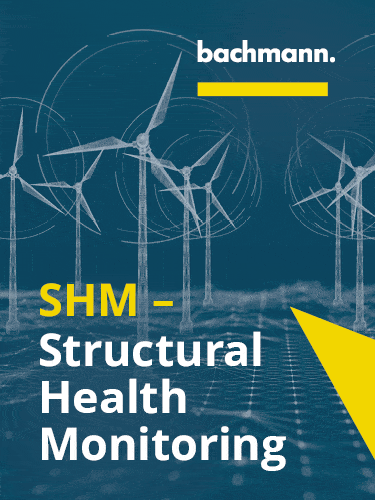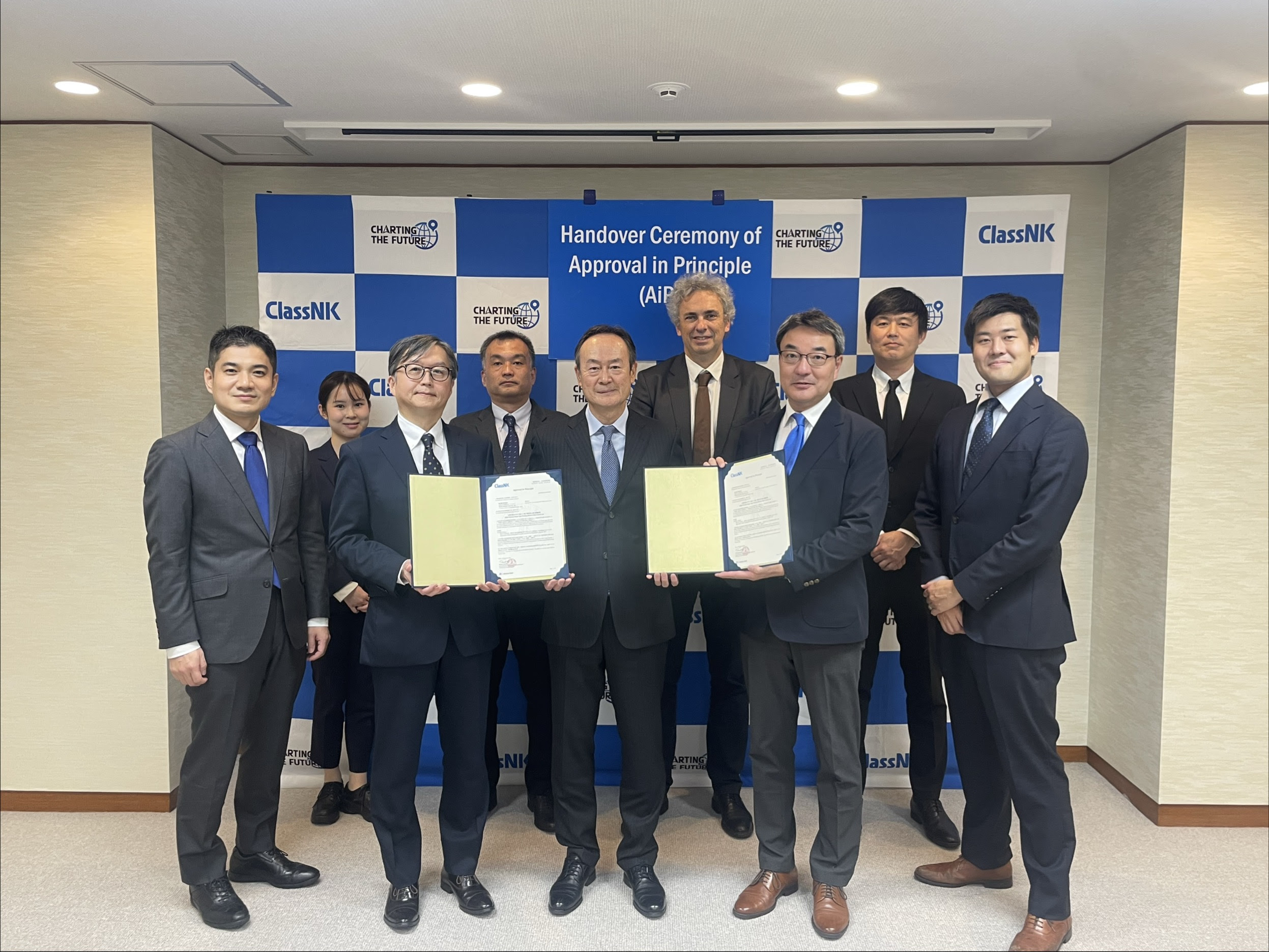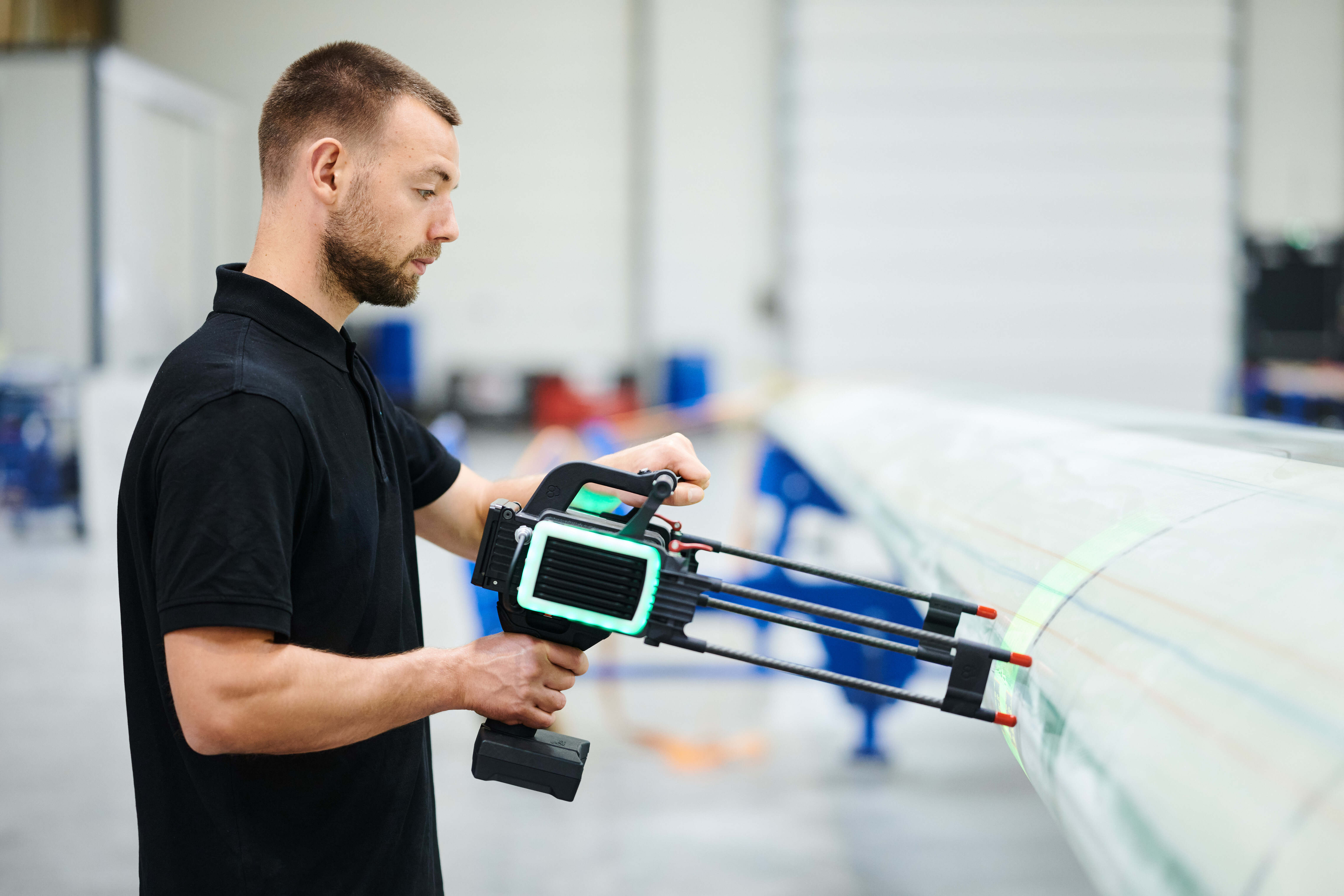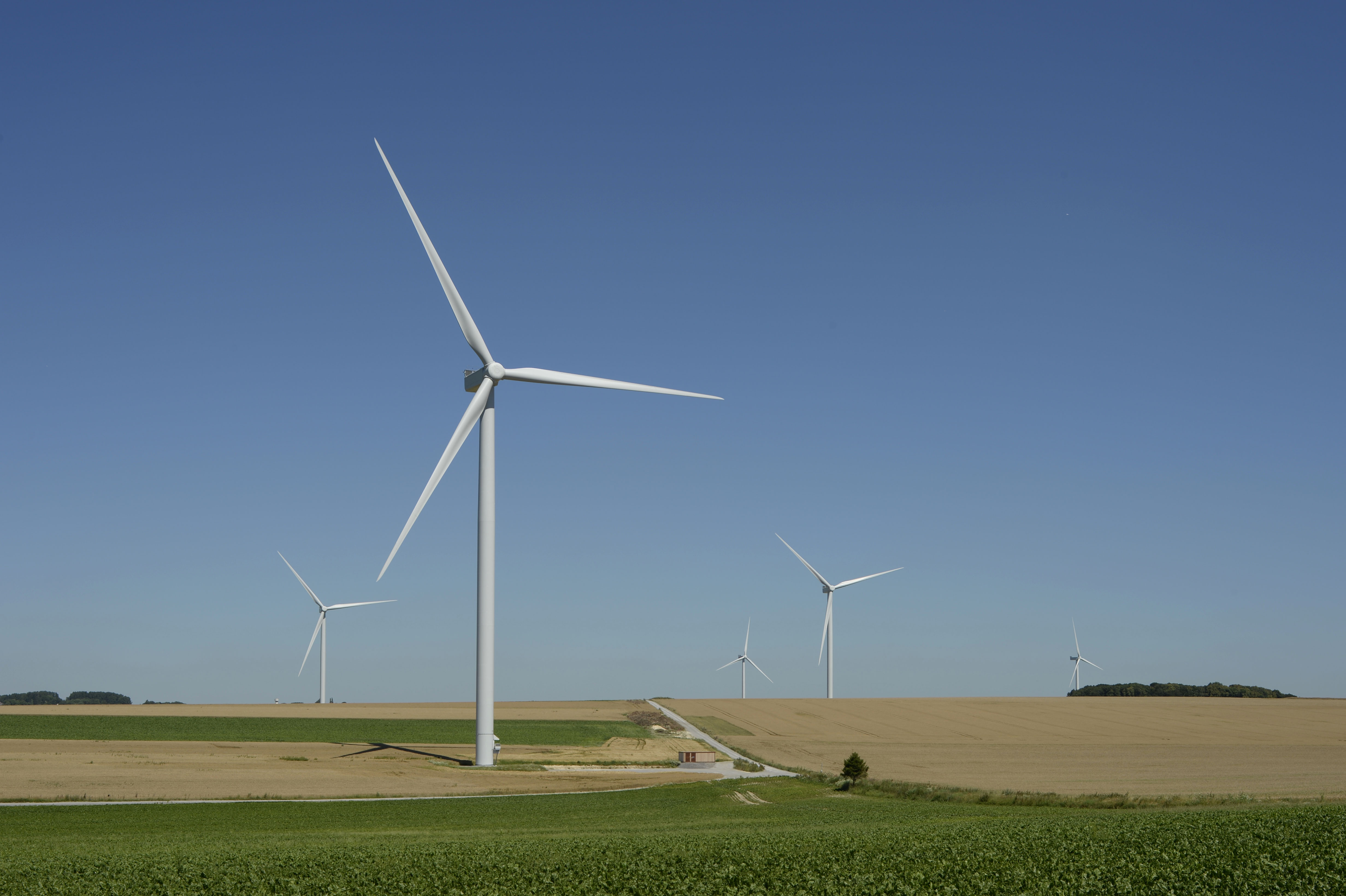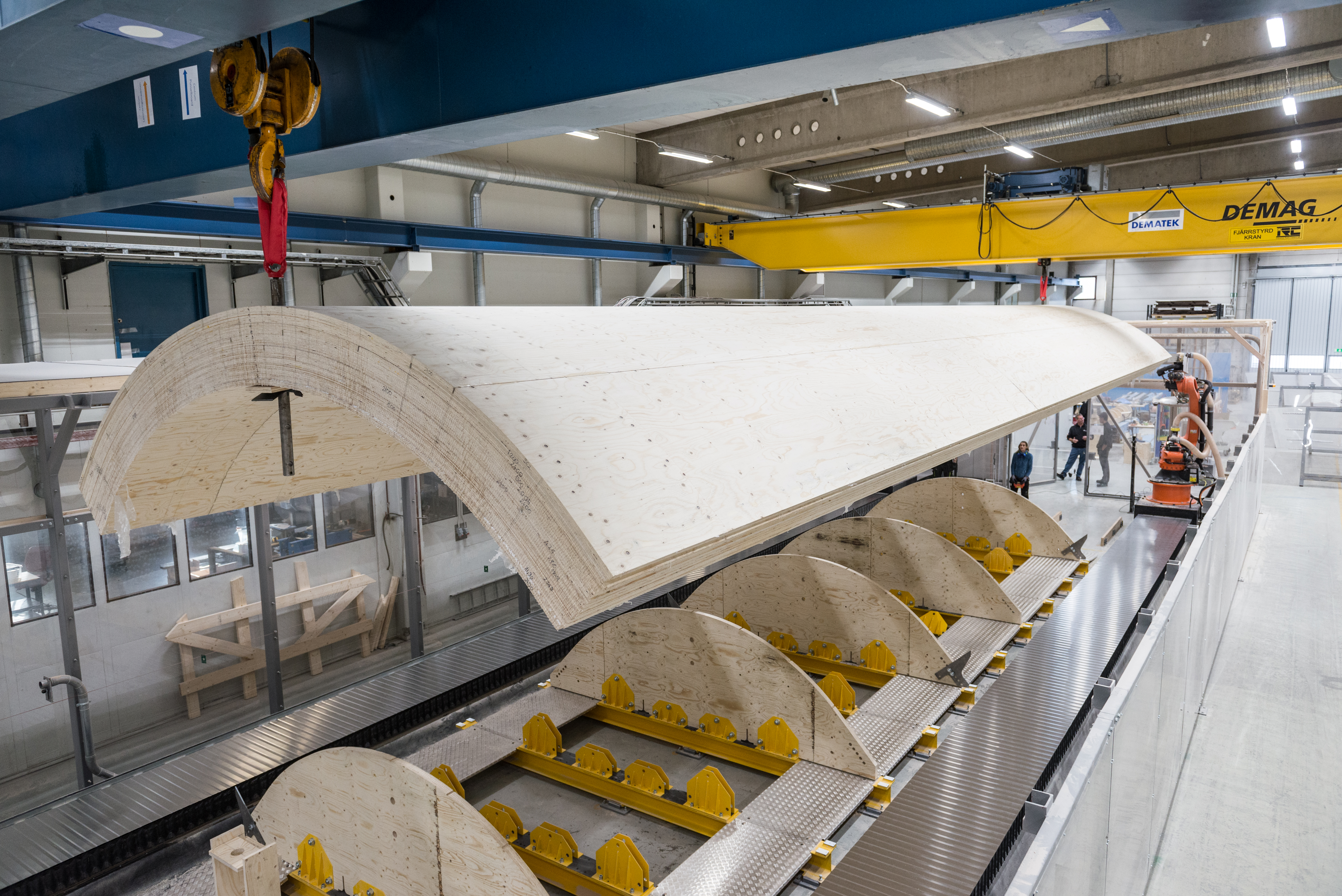News
Poised for growth: Charge Offshore calls on the wind industry to electrify as it expands
Published in: Wind, Press Releases
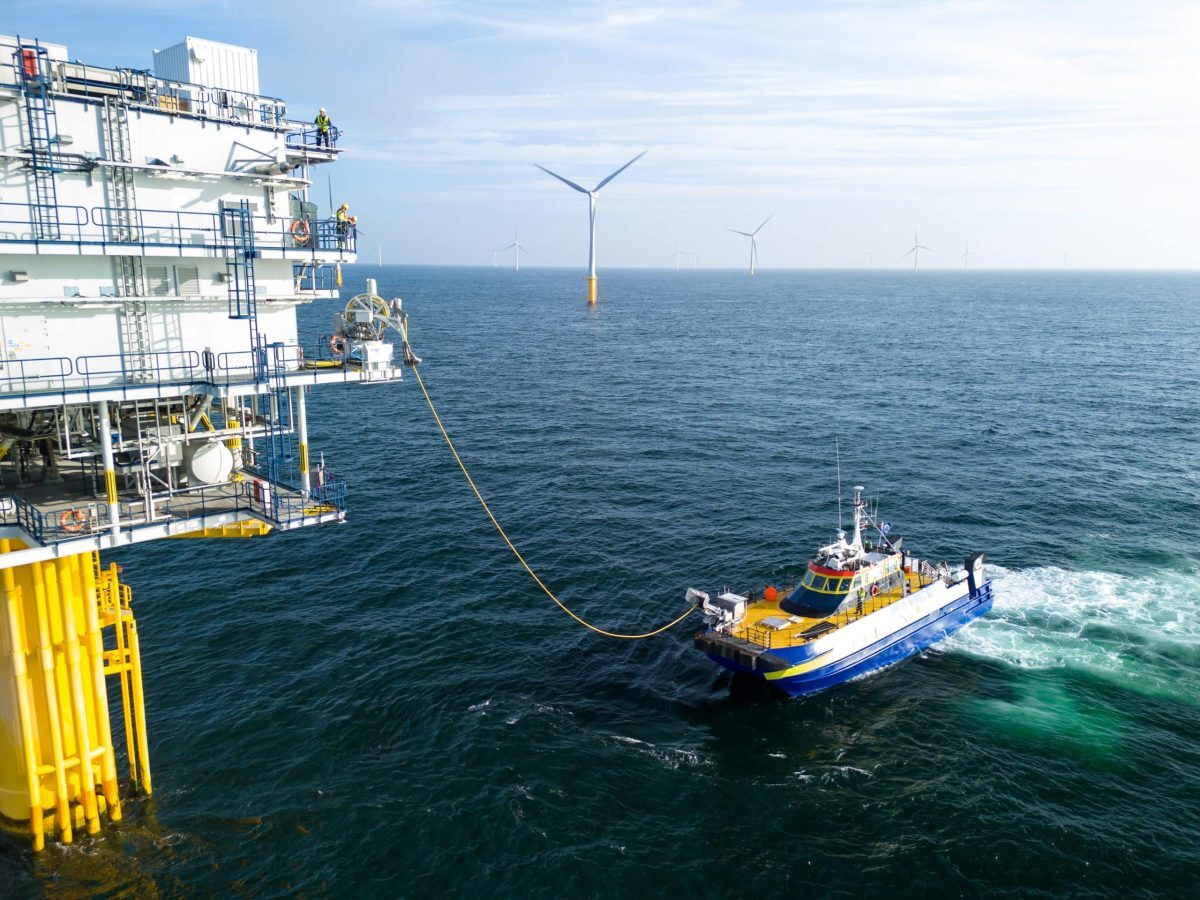
The latest report from RenewableUK revealed that the UK now has the second largest offshore wind pipeline in the world, currently sitting at 96GW of capacity across 123 projects in development. As the sector enters this new period of expansion, Paul Cairns, CEO of Charge Offshore, calls on developers to help facilitate a greener, decarbonised industry by designing operational electrification into new wind farm projects.

"With dozens of gigawatts' new UK offshore wind capacity on the horizon, the industry needs to pivot towards a more sustainable approach to growth. While offshore power is critical for reaching net zero targets and transitioning to a low-carbon energy system, key parts of the supply chain have not kept up with the developments of broader industry - more specifically operations and maintenance (O&M) fleets.
"O&M fleets, which include crew transfer vessels (CTVs) and service operation vessels (SOVs), are essential for maintaining efficiency, longevity, reliability and crew safety during offshore operations. However, with traditional fleets still relying heavily on fossil fuels, the carbon footprint of O&M fleets has remained a challenge for a sector that's positioned at the very forefront of clean energy.
"The transition to electrification will therefore be an essential step for unlocking sustainable, decarbonised growth in the offshore wind industry, and while the sector has certainly made steady progress, the lack of installed charging infrastructure is holding the technology back. There is, however, a silver lining: the shortage of existing installations actually presents wind farm developers with the opportunity to design in advanced charging systems from an earlier stage, offering a streamlined and cost-effective solution for powering the electric fleets of the future.
"With advanced offshore charging systems, CTVs and SOVs can be charged with 100% emissions-free power directly from turbines or offshore substations, greatly improving range and endurance and removing the limitation of shoreside charging. Not only can these electric systems fully eliminate Scope 1 carbon emissions, but they have the added benefit of greatly reducing reliance on the oil markets.
"These advanced offshore charging technologies are already on the market now and are ready to be scaled as the industry expands. By integrating these systems into wind farm designs early, the industry can not only make progress towards decarbonising operations but also provide a boost to energy security and help strengthen the wider renewable energy system.
Looking ahead, fleet electrification will be necessary not just for its benefits to sustainability, but will be a strategic advantage that unlocks new pathways to efficiency, safety and lower operational costs for wind farm developers as the industry continues to expand."
For more information on Charge Offshore and its innovative electrification solutions, visit: www.chargeoffshore.com.
.gif)

